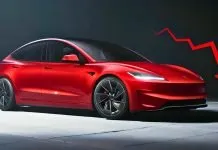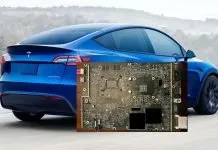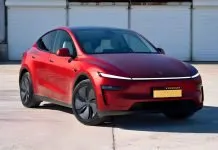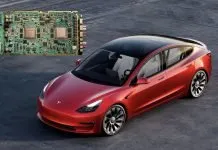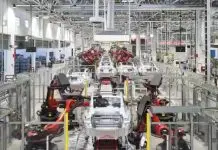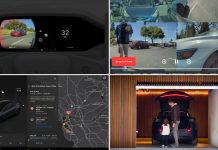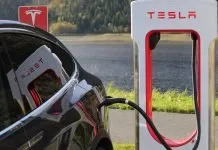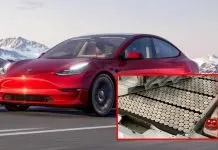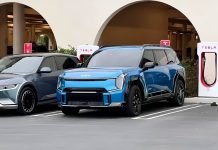Recently, in a very dangerous and life-endangering situation, the Full Self-Driving (Supervised) feature of the Tesla car proved to be very useful by swerving onto the shoulder of the highway to avoid a deer that crossed onto the highway. It happened at 68 mph or around 110 kph, and serves as a demonstration of the particular capabilities of the more recent model of Tesla’s Autopilot mode.
This actual example makes people aware of how Tesla’s self-driving car can assist in averting an accident in any precarious situation. Despite the critics being skeptical about the safety of using automated vehicles as well as their preparedness, events such as the following show that such systems, when effectively applied, save lives.
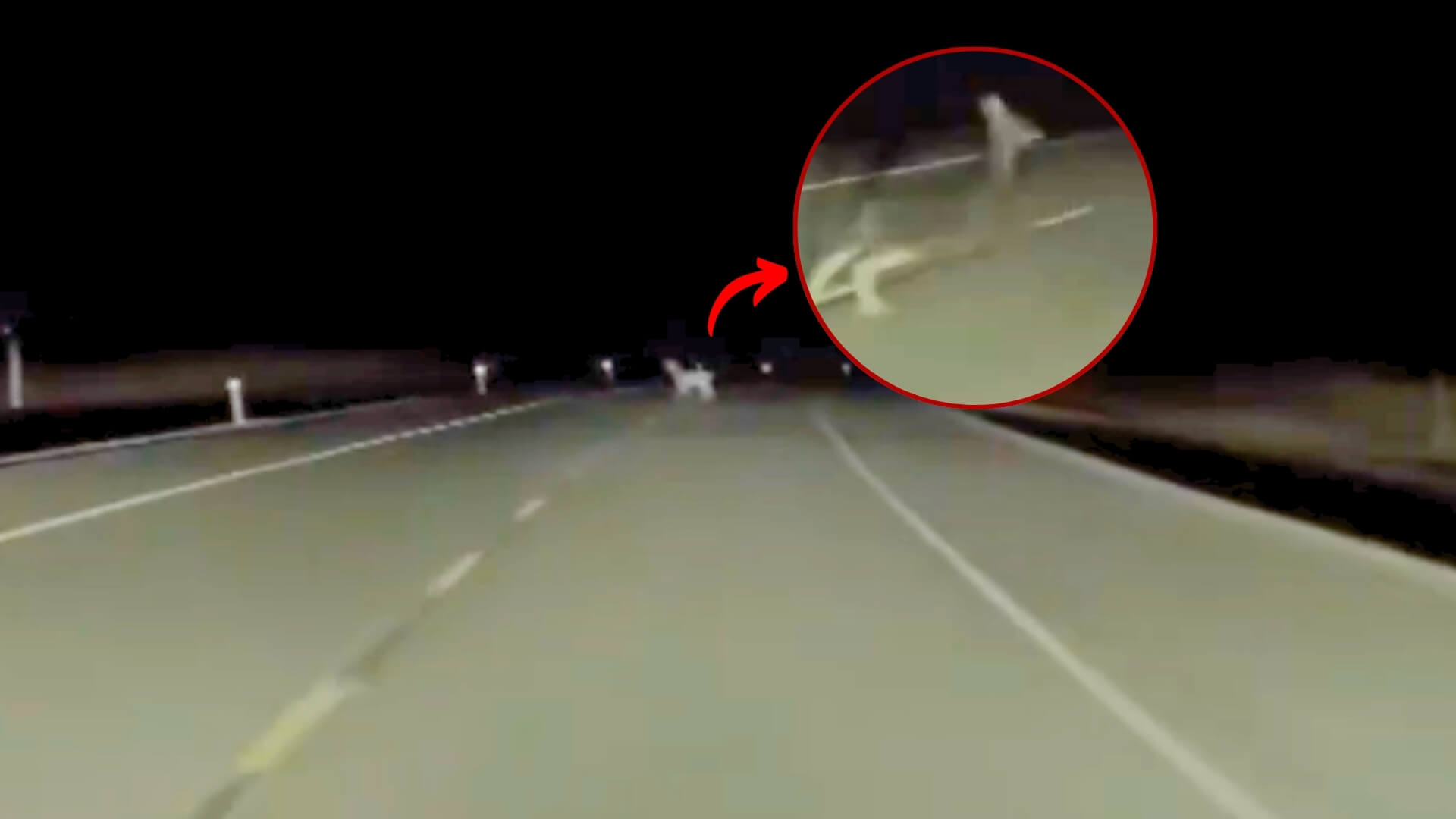
A Split-Second Decision
Road animals cause fatal accidents, especially on the highways, due to what one may refer to as “time lag”. As the Insurance Institute for Highway Safety reported, there are more than 1.5 million car-deer crashes every year in the United States, and about 200 individuals are killed by deer, while the cost of the vehicle damage ranges over $1 billion. At times, the driver fails to notice the animal on the road, or, in some other cases, they may swerve to avoid the animal by moving towards the opposite lane or driving into a fixed object.
Last night, my Tesla Full Self-Driving (FSD) proved why it’s worth getting flipped off daily for.
I was driving home at 110 km/h on a Canadian highway with four teenagers in the truck, fresh off a basketball tournament, when a deer sprinted into the middle of the road. pic.twitter.com/Yjzf1WcQl4
— Tyson Leavitt (@tyevitt) April 6, 2025
In this case, Tesla’s FSD (Supervised) system approached a real-life scenario where many human drivers bảng fearlessly swipe their vehicle to dodge the deer and, in the process, cause damage to the vehicle as well as harm themselves and other road users Most of the time, human drivers would not be able to tackle this and would end up swerving off the road. The vehicle didn’t swerve or manifest out of control moments of brake jerks or over rotation, and this eliminated any risk to the human or the animal.
Many people will be surprised that the FSD system, provided Tesla managed to perform well on rough off-road terrain. It is important to note that FSD is intended for road environments, but a recent test proved that the system steered the car through rough terrains with undulating inclines, unworthy trails with peripheral gravel, and more entirely autonomously.
This performance shows that Tesla’s neural networks, which are trained through real-world driving data, can generalize from the usual finite road conditions. This means that the development of FSD could go beyond city streets and highways, indicating that Level 5 autonomy is more than capable of addressing the most challenging terrain that even special-purpose cars struggle with, and simply drives like an off-road car.
Why We Shouldn’t Rely Heavily on FSD Yet
In a most recent and rather unfortunate occurrence, a Tesla Cybertruck with FSD version 13.2.4 poorly computed a lane merge and slammed into a pole. It indicates the present challenges and risks that FSD systems face when driving in more complex or unpredictable scenarios. This crash raises the question of AI and the abilities of Tesla’s FSD, as while the software has been successful in many cases, this is a clear indication that the software is still under development and not perfect.
The drivers have to fully concentrate and be ready to take some action at any time. Depending on FSD alone, especially in times of merges, exits, or construction areas, can be risky at times. This is the reason why human supervision or control will still be imperative as long as autonomous systems are not as trustworthy and predictable.
Joining the list of similar issues, the Autopilot of a Tesla car again misjudged a pair of parallel tracks as a road and tried making a turn onto it at an intersection. The misoperation was conducted fortunately did not lead to a collision with the train, but the result could be tragic. This clearly shows that although FSD is capable of performing many of the driving tasks prevalent in day-to-day life, it has not understood how to react when confronted with such infrastructure irregularities. These are things that indicate that present self-driving technology cannot replace human decision-making and sensitivity.


